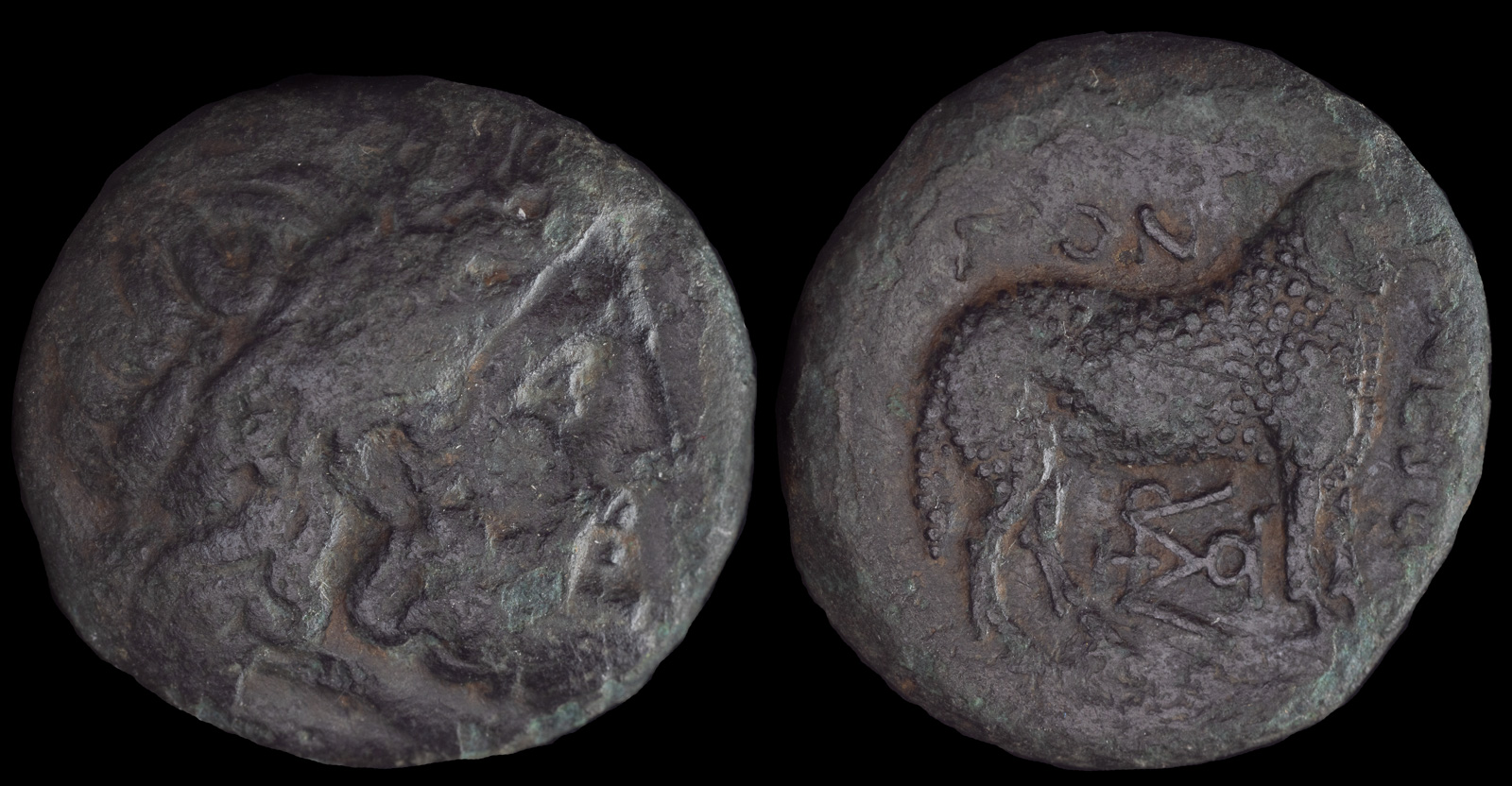Ram
View All Tags
One of the most significant associations of the ram in Greek mythology is its connection to Chrysomallos, the golden-fleeced ram. According to the myth, Chrysomallos was sent by Zeus to rescue Phrixos and Helle, and after their journey, Phrixos sacrificed the ram to Zeus and hung its golden fleece in a sacred grove. This myth became central to the story of the Argonauts, as Jason and his crew sought the Golden Fleece in their legendary adventure. The ram, therefore, symbolized divine protection, the pursuit of noble quests, and the promise of rewards. It became emblematic of heroism, leadership, and the sacred.
In other contexts, the ram was connected to Poseidon, the god of the sea, and was often used in regions where Poseidon’s cults were strong, such as in Delphi. As Poseidon was also considered a protector of livestock and sailors, the ram could represent the god’s dual role in both agricultural and maritime life. In some Greek cities, coins depicting the ram likely alluded to the fertility and wealth associated with these lands and the protection offered by Poseidon.
Furthermore, the ram was also a symbol of strength, vigor, and masculinity. On coins, it could signify the power of the ruler or the city that issued the coin, and its depiction was used to communicate authority and security.
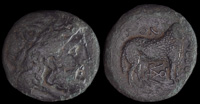
Gonnos, Thessaly ca 350 BCE
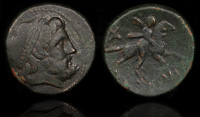
Halos, Thessaly 3rd century BCE
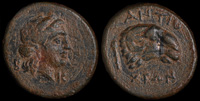
Kebren, Troas 281-261 BCE
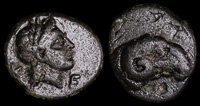
Kebren, Troas 400-310 BCE

Kebren, Troas 400-310 BCE
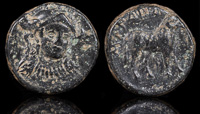
Klazomenai, Ionia 4th century BCE

Memphis, Egypt 323/2 BCE
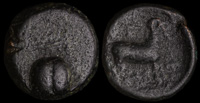
Methylion, Thessaly 4th century BCE
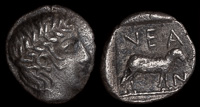
Neandria, Troas 350 BCE
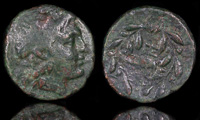
Pellene, Achaia 350-300 BCE
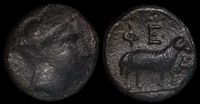
Pheneos, Arkadia 350-300 BCE
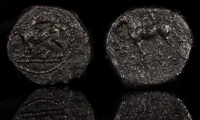
Pumiathon of Kition 362-312 BCE
